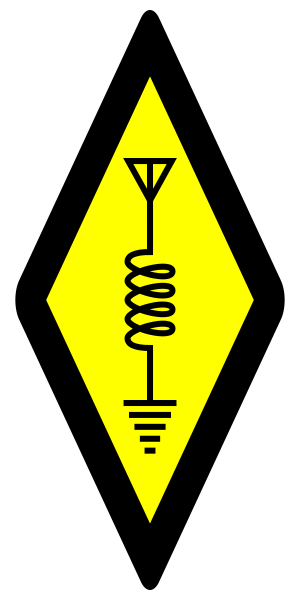SOTA 20m Dipole vs EFHW
I’ve now tried the 20m dipole on a couple of SOTA activations. So how does it compare to the EFHW? It works, but I felt it didn’t offer any benefit over the EFHW. Of course, this is not a fair comparison. I didn’t use the antennas side-by-side so location and propagation would have had a huge influence on my observations. I just didn’t feel like I was getting as many QSOs as I do with the EFHW. There are also some practical advantages in favour of the EFHW. I should also point out that, since the EFHW works on 40m, it is twice as long as the dipole.
Dipole
- Easy to make.
- Only single-band without links or traps.
- Even if you can bungee the pole you have at least two wires/cords to peg out.
EFHW
- Needs a matching transformer.
- Multiband with harmonic bands.
- Only one link to change for no-harmonic bands.
- If you can bungee the pole you only have one wire to peg out.
I imagine that a horizontal dipole would be more efficient than the EFHW but that isn’t very practical for portable operation. The inverted vee is probably hampered by wire ends near the ground and the influence of the feeder without a balun.
Conclusion
To get on the air quickly the dipole is always going to be the easiest option. But once you have made the matching transformer I feel that the EFHW is the easiest option for portable and especially SOTA.
